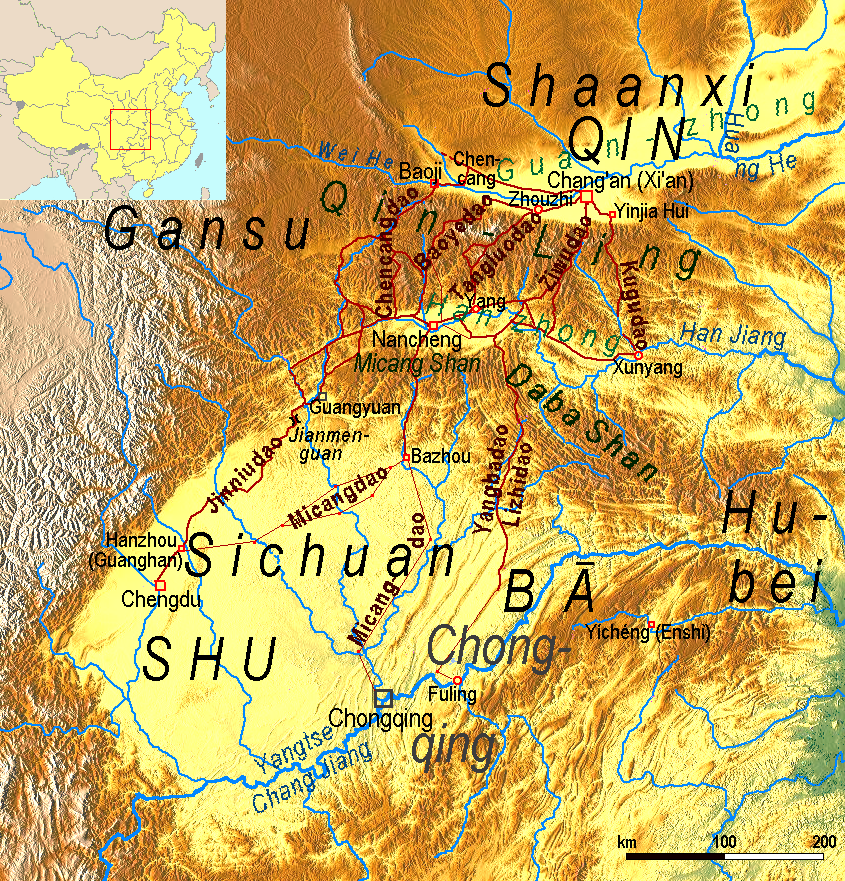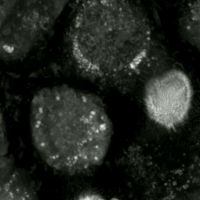|
Brachymystax Tsinlingensis
''Brachymystax tsinlingensis'', also known as the Qinling lenok, is a species of salmonid. Taxonomy ''Brachymystax tsinlingensis'' was originally described as a subspecies of ''B. lenok'' being ''B. l. tsinlingensis'' by Li Sizhong, being differentiated by lower counts of rakers etc. But with the author only referencing two specimens, it was later synonymized in 1984 with ''B. l. lenok.'' However, in 2015, a study revised the taxonomy and not only revived it but upgraded it to species status. ''Brachymystax tsinlingensis'' has been show to yield high genetic diverstiy. The specific name ''tsinlingensis'' is derived from its native range in the Qingling mountains. Description ''Brachymystax tsinlingensis'' has an elongated body, a compressed caudal peduncle, blunt head, large rounded eyes, a short anterior nostril, a large gill opening, and the body being brown with a white belly with black spots dotted around. It can be distinguished with other species, with lack of spots ... [...More Info...] [...Related Items...] OR: [Wikipedia] [Google] [Baidu] |
Li Sizhong (ichthyologist)
Li Sizhong ( Chinese: 李思忠; Wade–Giles: ''Li Sze-Chung''; February 19, 1921 – January 11, 2009) was an ichthyologist with the Institute of Zoology (中国科学院动物研究所) at the Chinese Academy of Sciences. Throughout his research career, he made numerous discoveries of new fish species (or subspecies), and published many books and research papers describing the fauna and geographical distribution of fishes in China and beyond. He translated and helped publication of the Chinese editions of ''Fishes of the World'' (2nd edition, by Joseph S. Nelson) and ''Fish Migration'' (a popular science book by Russian zoologist Peter Schmidt). Li was the major author of two published volumes in the Fauna Sinica monograph series, systematically reviewing and describing orders of bony fishes that include flat fish, cod, silverside, pearlfish, killifish, flying fish, etc. in or near China. He had authored at least 60 academic papers, written over 40 popular science articles a ... [...More Info...] [...Related Items...] OR: [Wikipedia] [Google] [Baidu] |
Salmonidae
Salmonidae (, ) is a family (biology), family of ray-finned fish, the only extant member of the suborder Salmonoidei, consisting of 11 extant genera and over 200 species collectively known as "salmonids" or "salmonoids". The family includes salmon (both Atlantic and Pacific species), trout (both ocean-going and landlocked), Salvelinus, char, Thymallus, graylings, freshwater whitefishes, taimens and lenoks, all coldwater fish, coldwater mid-trophic level, level predatory fish that inhabit the subarctic and cool temperate waters of the Northern Hemisphere. The Atlantic salmon (''Salmo salar''), whose Latin name became that of its genus ''Salmo'', is also the eponym of the family and order names. Salmonids have a relatively primitive appearance among teleost fish, with the pelvic fins being placed far back, and an adipose fin towards the rear of the back. They have slender bodies with rounded fish scale, scales and forked caudal fin, tail fins, and their fish jaw, mouths contain a si ... [...More Info...] [...Related Items...] OR: [Wikipedia] [Google] [Baidu] |
Qinling
The Qinling () or Qin Mountains, formerly known as the Nanshan ("Southern Mountains"), are a major east–west mountain range in southern Shaanxi Province, China. The mountains mark the divide between the drainage basins of the Yangtze and Yellow River systems, providing a natural boundary between North and South China and support a huge variety of plant and wildlife, some of which is found nowhere else on earth. To the north is the densely populated Wei River valley, an ancient center of Chinese civilization. To the south is the Han River valley. To the west is the line of mountains along the northern edge of the Tibetan Plateau. To the east are the lower Funiu and Dabie Mountains, which rise out of the coastal plain. The northern side of the range is prone to hot weather, the rain shadow cast by the physical barrier of the mountains dictating that the land to the north has a semi-arid climate, and is consequently somewhat impoverished in regard to fertility and species ... [...More Info...] [...Related Items...] OR: [Wikipedia] [Google] [Baidu] |
Apoptosis
Apoptosis (from ) is a form of programmed cell death that occurs in multicellular organisms and in some eukaryotic, single-celled microorganisms such as yeast. Biochemistry, Biochemical events lead to characteristic cell changes (Morphology (biology), morphology) and death. These changes include Bleb (cell biology), blebbing, Plasmolysis, cell shrinkage, Karyorrhexis, nuclear fragmentation, Pyknosis, chromatin condensation, Apoptotic DNA fragmentation, DNA fragmentation, and mRNA decay. The average adult human loses 50 to 70 1,000,000,000, billion cells each day due to apoptosis. For the average human child between 8 and 14 years old, each day the approximate loss is 20 to 30 billion cells. In contrast to necrosis, which is a form of traumatic cell death that results from acute cellular injury, apoptosis is a highly regulated and controlled process that confers advantages during an organism's life cycle. For example, the separation of fingers and toes in a developing human embryo ... [...More Info...] [...Related Items...] OR: [Wikipedia] [Google] [Baidu] |
Ferroptosis
Ferroptosis (also known as oxytosis) is a type of programmed cell death dependent on iron and characterized by the accumulation of lipid peroxides. Ferroptosis is biochemically, genetically, and morphologically distinct from other forms of regulated cell death such as apoptosis and necroptosis. Oxytosis/ferroptosis can be initiated by the failure of the glutathione-dependent antioxidant defenses, resulting in unchecked lipid peroxidation and eventual cell death. Lipophilic antioxidants and iron chelators can prevent ferroptotic cell death. Researchers have identified roles in which oxytosis/ferroptosis can contribute to the medical field, such as the development of cancer therapies. Ferroptosis activation plays a regulatory role on growth of tumor cells in the human body. However, the positive effects of oxytosis/ferroptosis could be potentially neutralized by its disruption of metabolic pathways and disruption of homeostasis in the human body. Since oxytosis/ferroptosis is a form ... [...More Info...] [...Related Items...] OR: [Wikipedia] [Google] [Baidu] |



